Top Things to Know Before Buying Vining House Plants
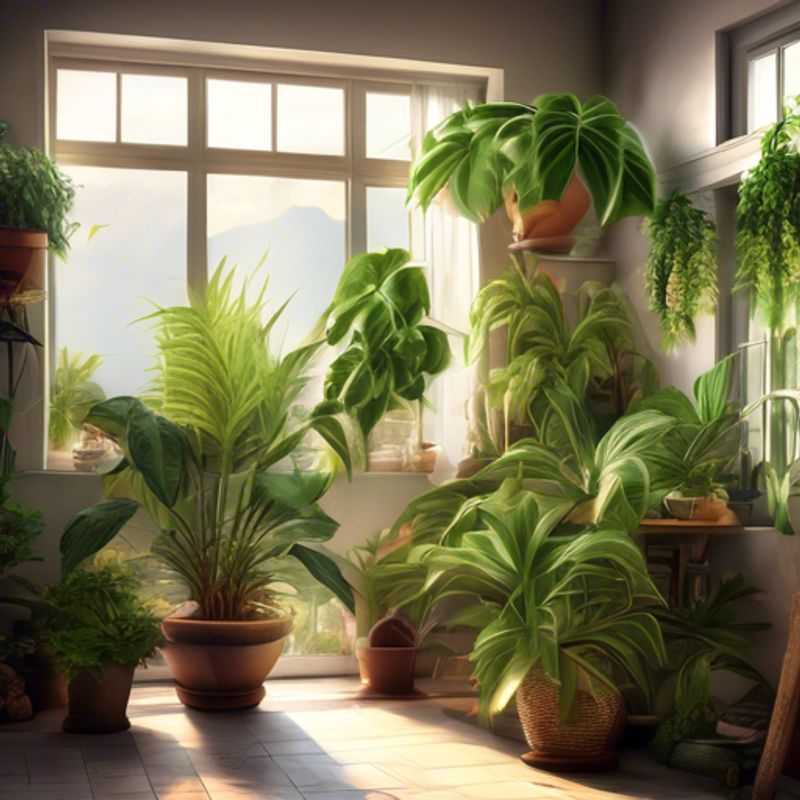
Essential Considerations Before Bringing Home a Vining Houseplant: Light, Drainage, Watering, Size, Growth Habits, Pest Inspection, Humidity & Temperature
Vining houseplants can add a touch of greenery and life to any indoor space. However, before bringing one home, it's essential to understand their specific needs to ensure they thrive. Here are the top things to consider before purchasing a vining houseplant:
Determine the plant's light requirements.
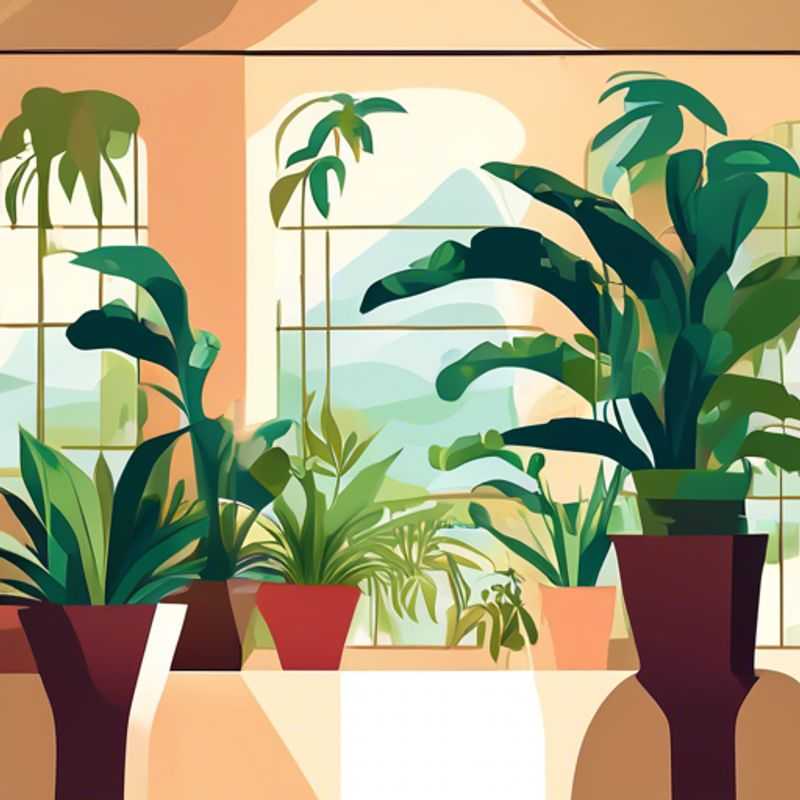
Know Before You Grow: Determining Plant Light Requirements
Before you purchase a plant, it's essential to know its light requirements. This will ensure that your new plant thrives in your home.
Plants are categorized based on their light needs:
Low-Light Plants: These plants can tolerate low light conditions, making them perfect for rooms with minimal natural light. Examples include Snake Plant, ZZ Plant, and Peace Lily.
Medium-Light Plants: These plants thrive in moderate light, requiring a few hours of indirect sunlight daily. Examples include Spider Plant, Chinese Evergreen, and Cast Iron Plant.
High-Light Plants: These plants require ample sunlight, ideally 4-6 hours of direct sunlight daily. Examples include Ficus, Hibiscus, and succulents.
When purchasing a plant, ask the nursery staff about its light needs. Alternatively, you can find this information online by searching the plant's name. Pay close attention to the plant's location in the store, as this can give you clues about its light preferences.
Knowing your plant's light requirements will help you choose the right spot for it in your home and ensure its healthy growth.
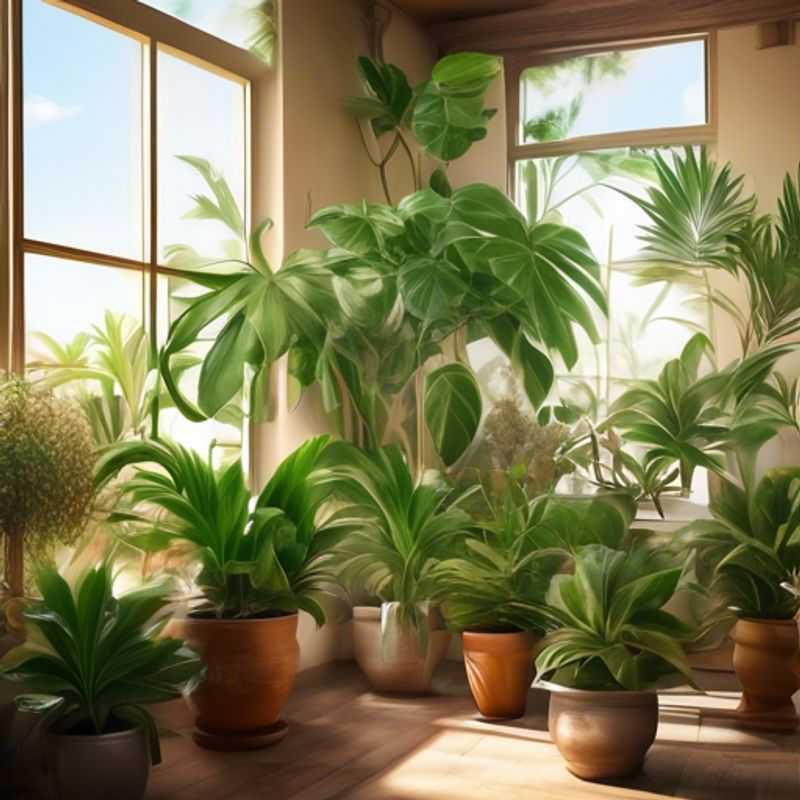
Preventing Root Rot: Ensuring Adequate Drainage in Your Plant Pots
Root rot is a common plant problem that can be caused by overwatering or poor drainage. To prevent root rot, it’s essential to ensure your plants have adequate drainage. This means using pots with drainage holes at the bottom and making sure the soil doesn’t become waterlogged. You can also add a layer of gravel or pebbles to the bottom of the pot to improve drainage.
When watering your plants, allow excess water to drain out of the pot. It's best to water thoroughly, but less frequently, allowing the soil to dry out slightly between waterings. Overwatering is a major cause of root rot, so it's important to let the soil dry out a bit before watering again.
By following these simple tips, you can help prevent root rot and ensure your plants thrive. If you’re unsure about the drainage needs of a particular plant, you can always consult a gardening guide or expert. Remember, a healthy plant is a happy plant, and proper drainage is essential for plant health.
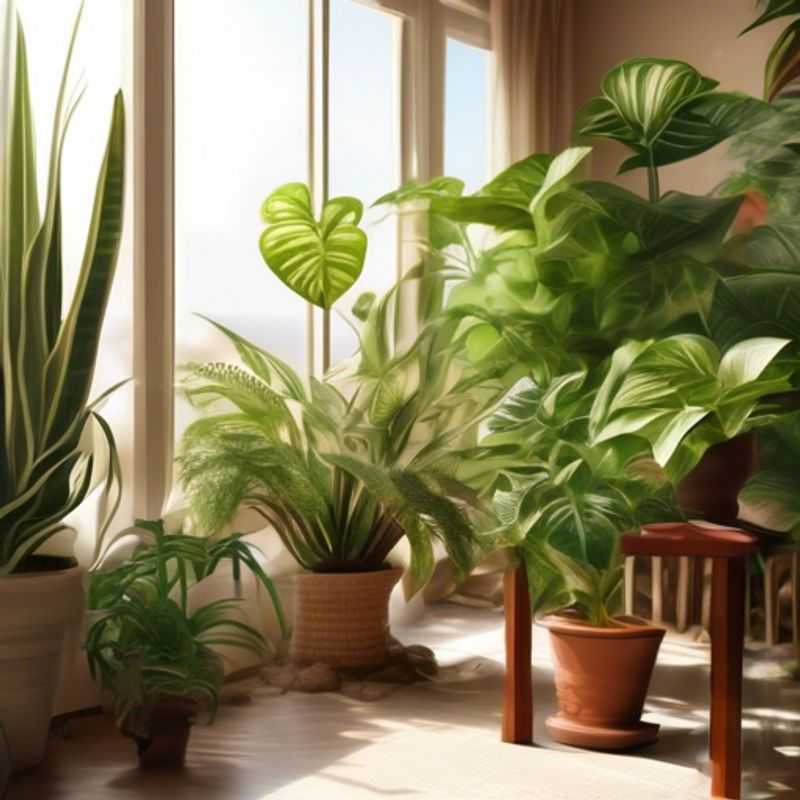
Understanding Your Plants' Thirst: How to Avoid Over- and Under-Watering
To avoid over or under-watering your plants, it's crucial to understand their individual needs. Start by researching the specific type of plant you have. This will help you determine the ideal frequency and amount of watering.
Consider these factors when assessing a plant's water needs:
Soil Type: Well-draining soil is vital to prevent overwatering. If the soil is dense and compacted, water can become stagnant and harm the roots. Potting mix is often formulated to suit specific plant types.
Pot Size: Smaller pots dry out more quickly than larger ones. Choose a pot size that is appropriate for your plant and allows for proper drainage.
Climate and Environment: Temperature, humidity, and sunlight levels significantly impact water requirements. Plants in hot, sunny areas may need more water than those in cooler, shaded environments. You can use the "finger test" to assess soil moisture. Stick your finger a few inches into the soil. If it feels dry, water your plant. If it feels moist, wait a bit longer.
Pay close attention to your plant's visual cues. Over-watered plants may exhibit drooping, yellowing leaves, and soggy soil. Under-watered plants will have dry soil, wilting leaves, and possibly browning tips. Adjust your watering schedule accordingly.
Remember, consistent monitoring and responsiveness are key to keeping your plants healthy. If you're unsure, err on the side of caution and slightly under-water rather than over-water. Overwatering can lead to root rot and other problems.
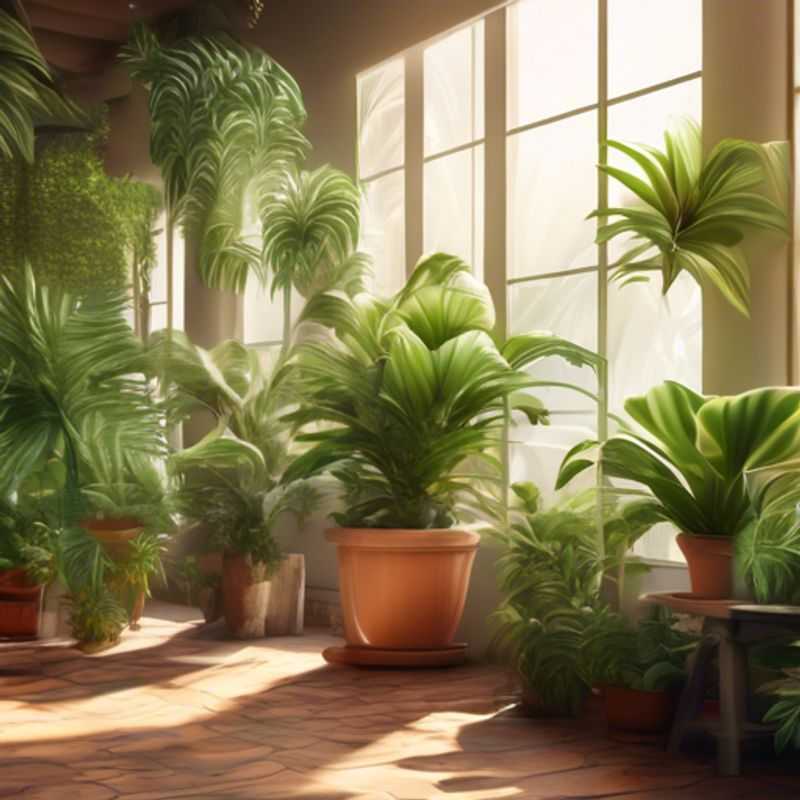
Planning Your Garden: Choose Plants That Fit Your Space
Before planting, consider the mature size of your chosen plant. It's crucial to ensure that the plant will have enough space to grow to its full potential. Failing to consider this could lead to overcrowding, competition for resources, and potentially damaging the plant or surrounding plants.
Measure the area where you plan to plant. It's best to choose a location with ample space, taking into account not only the plant's height but also its spread. For example, a tree with a mature spread of 30 feet needs a sizable area to thrive.
Research the specific plant's mature size. This information is typically available on plant tags, online databases, or by consulting a gardening expert. It's vital to consider the plant's mature height, width, and root system. A fast-growing plant may quickly outgrow its space, necessitating relocation or pruning.
Plan for future growth. Don't just focus on the plant's current size. Imagine its mature size and consider if it will interfere with structures, walkways, or neighboring plants.
Consider the planting environment. Factors like soil type, sun exposure, and wind can impact a plant's growth. A plant that grows quickly in optimal conditions may grow more slowly in less ideal conditions.
Make adjustments as needed. If you're unsure about a plant's size, consult a professional gardener or local nursery. They can offer personalized advice tailored to your specific needs and location.
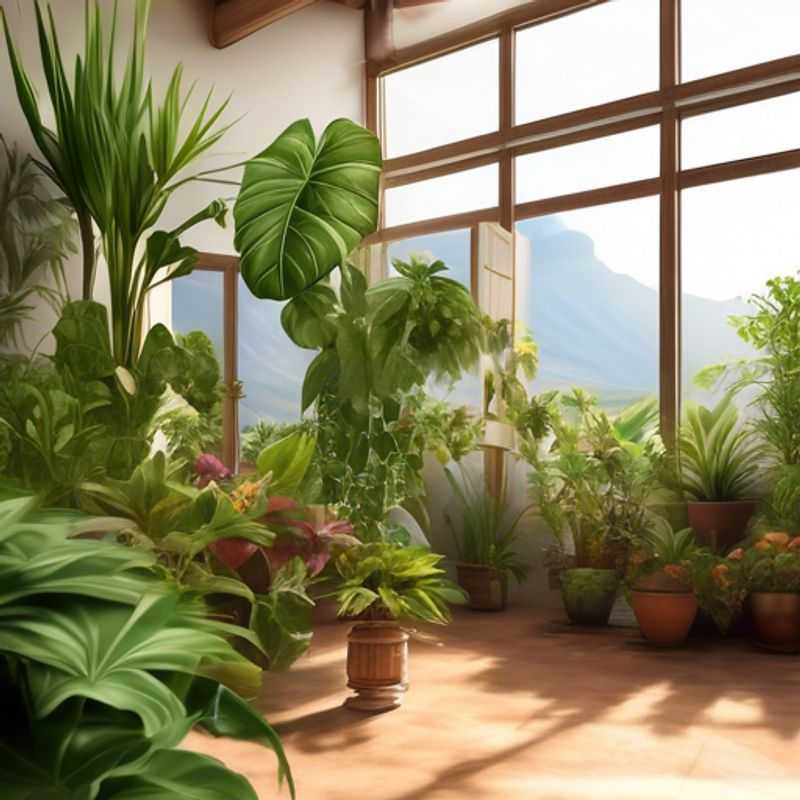
Know Your Plants: Growth Habits and Pruning for Success
Understanding a plant's growth habits and pruning requirements is crucial for its health and longevity. This knowledge allows you to tailor your care to the specific needs of your plant, promoting vigorous growth and preventing common problems.
Growth Habits refer to the way a plant naturally grows, including its size, shape, and branching patterns. This information is essential for determining the best location for your plant, as well as for planning its pruning.
Pruning is the practice of removing parts of a plant, typically branches or leaves, to shape it, control its size, and encourage growth. Different plants have different pruning needs, and improper pruning can damage or even kill a plant.
To familiarize yourself with a plant's growth habits and pruning requirements, consult a reliable gardening book or website. These resources provide detailed information about specific plant species, including their growth rates, mature sizes, and pruning techniques. You can also seek advice from experienced gardeners or your local nursery.
It's important to note that while resources are readily available, there are no specific costs associated with learning about plant growth habits and pruning requirements. This knowledge is freely accessible through books, websites, and expert advice.
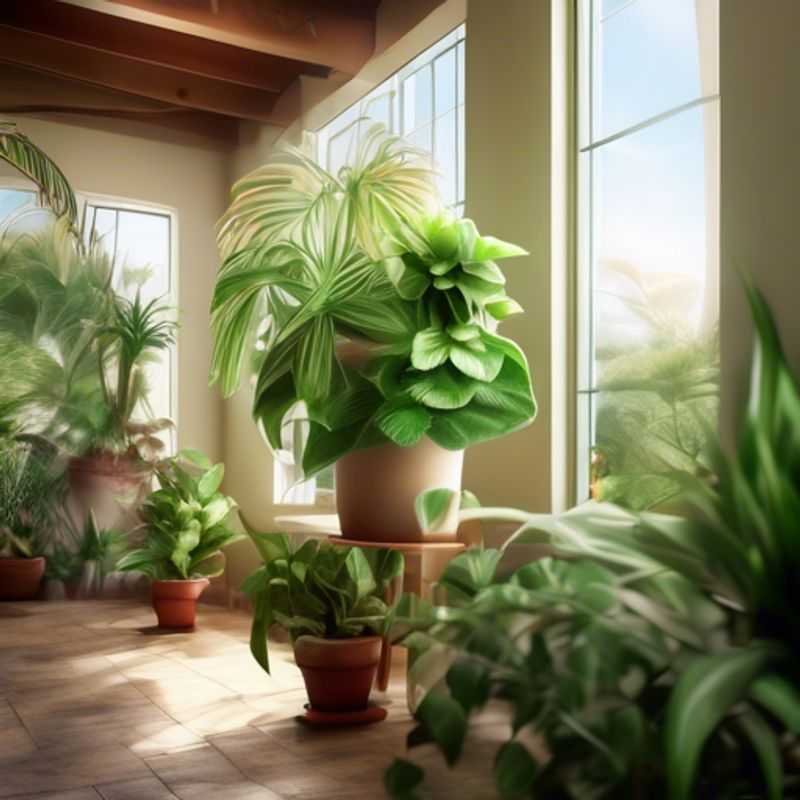
Pre-Purchase Plant Inspection: A Guide to Spotting Pests and Diseases
Before you bring a new plant home, it's crucial to inspect it for any signs of pests or diseases. This simple step can save you a lot of trouble in the long run, preventing the spread of unwanted critters and illnesses to your existing plants.
Look for these common signs:
Pests:
• Tiny insects crawling on the leaves or stems.
• Webbing or sticky residue on the plant.
• Holes or discoloration on leaves, often caused by chewing insects.
Diseases:
• Yellowing, browning, or wilting of leaves.
• Spots or lesions on leaves or stems.
• Mold or mildew growth on the plant.
If you see any of these signs, it's best to avoid buying the plant. You can ask the salesperson about the plant's history and if they've taken any steps to address the issue. If you're still unsure, you can always look up the plant online to learn more about its typical pests and diseases. A little extra caution now can save you a lot of headaches later.
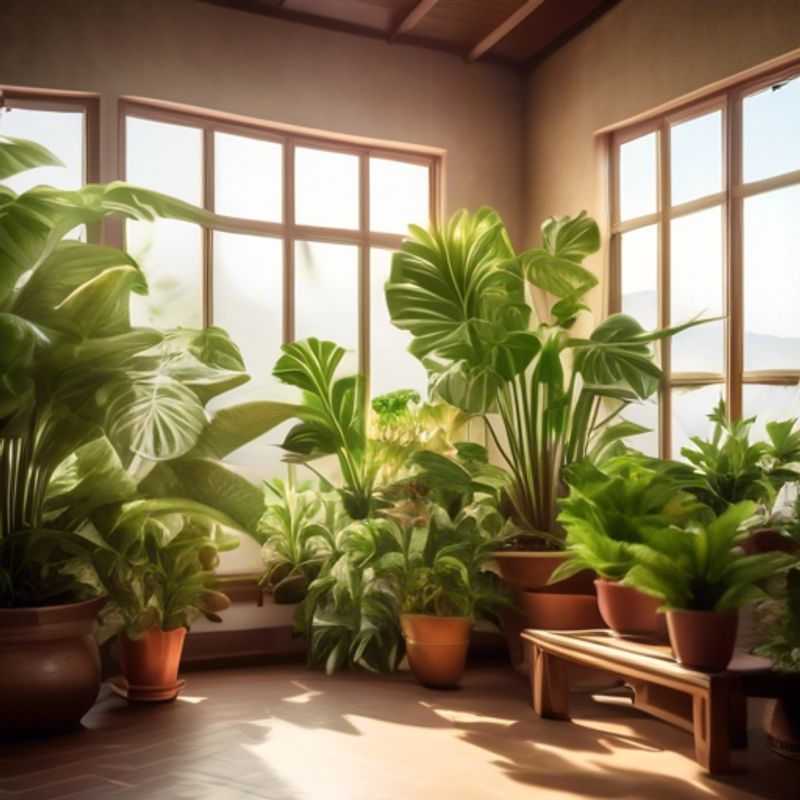
Unlocking Plant Happiness: Understanding Humidity and Temperature Preferences
Understanding a plant's ideal humidity and temperature preferences is crucial for its health and thriving. Different plants have different requirements, so it's important to research the specific needs of your chosen species.
Humidity refers to the amount of moisture in the air. Some plants, like ferns and orchids, thrive in humid environments, while others, like cacti and succulents, prefer drier conditions. You can increase humidity with a humidifier or by grouping plants together.
Temperature is also a key factor. Most houseplants prefer temperatures between 65-75 degrees Fahrenheit. However, some plants may be more tolerant of fluctuations or require cooler or warmer temperatures. It's essential to ensure the temperature in your home is within the plant's preferred range, especially during the winter months.
Pay attention to the plant's leaves. If they start to brown, wilt, or drop, it could be a sign that the humidity or temperature isn't right. Experiment with different strategies to find the ideal conditions for your plant to flourish.
